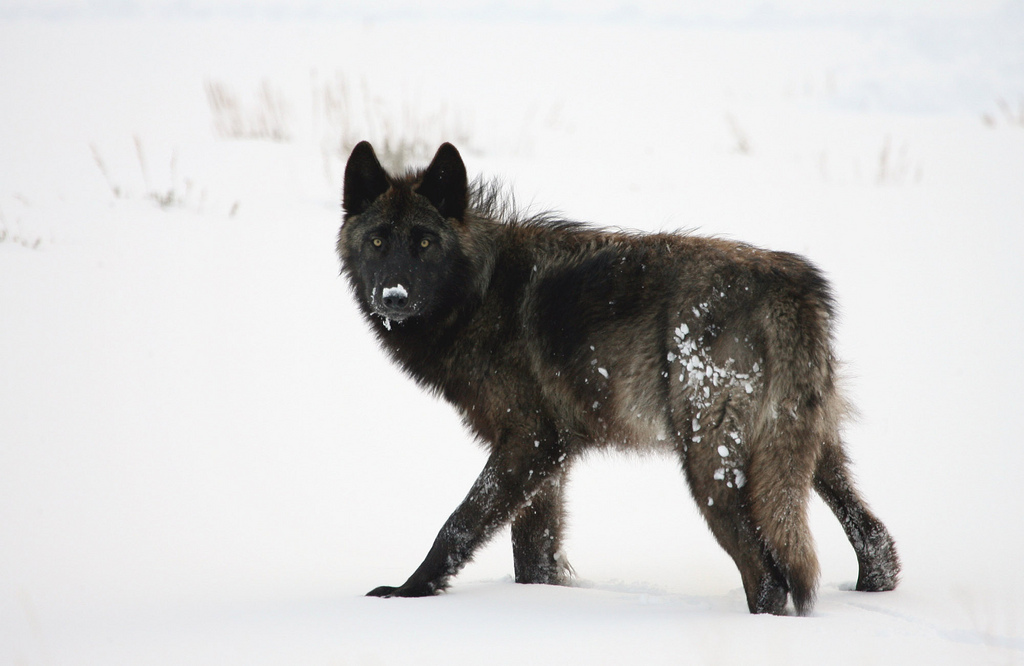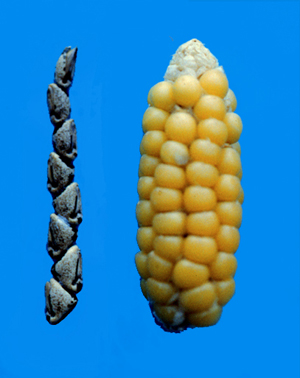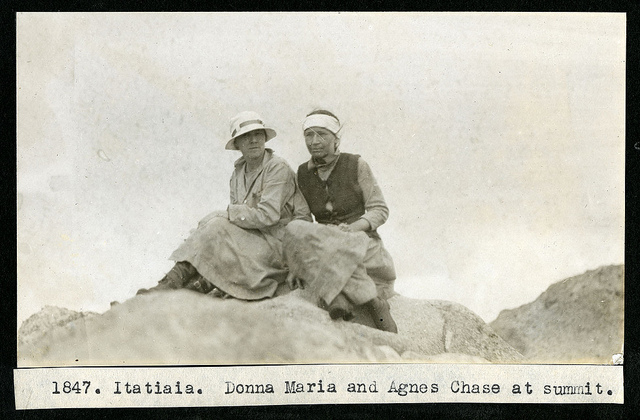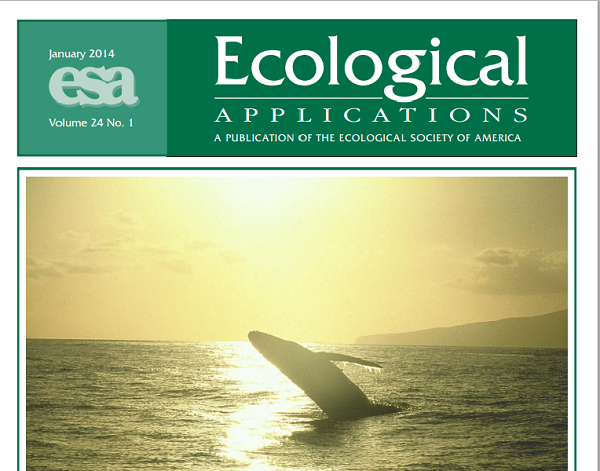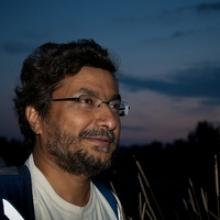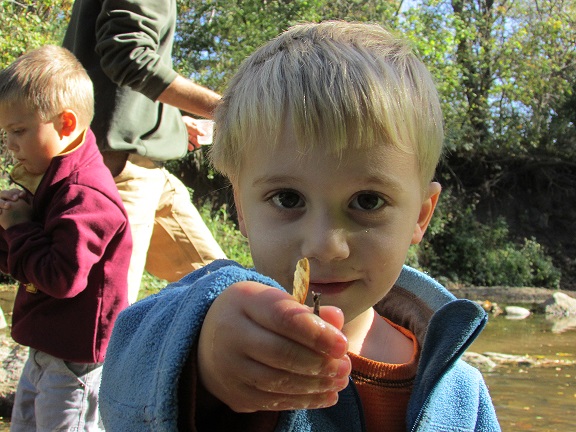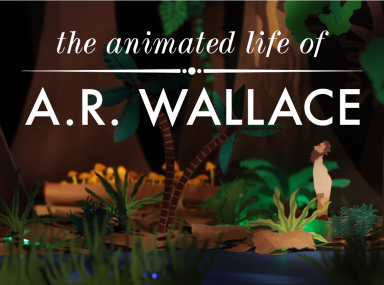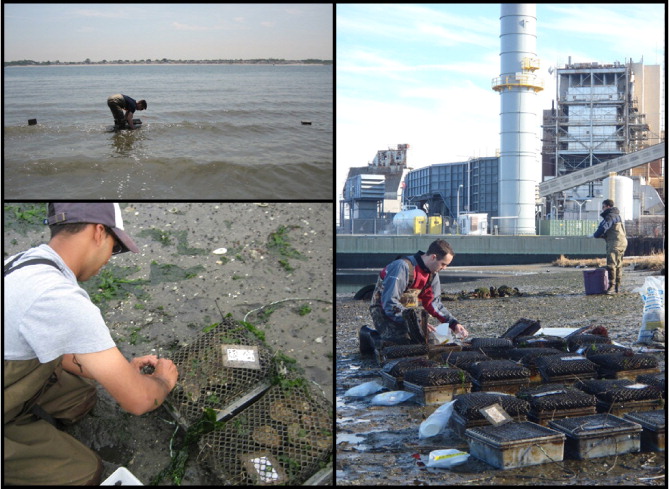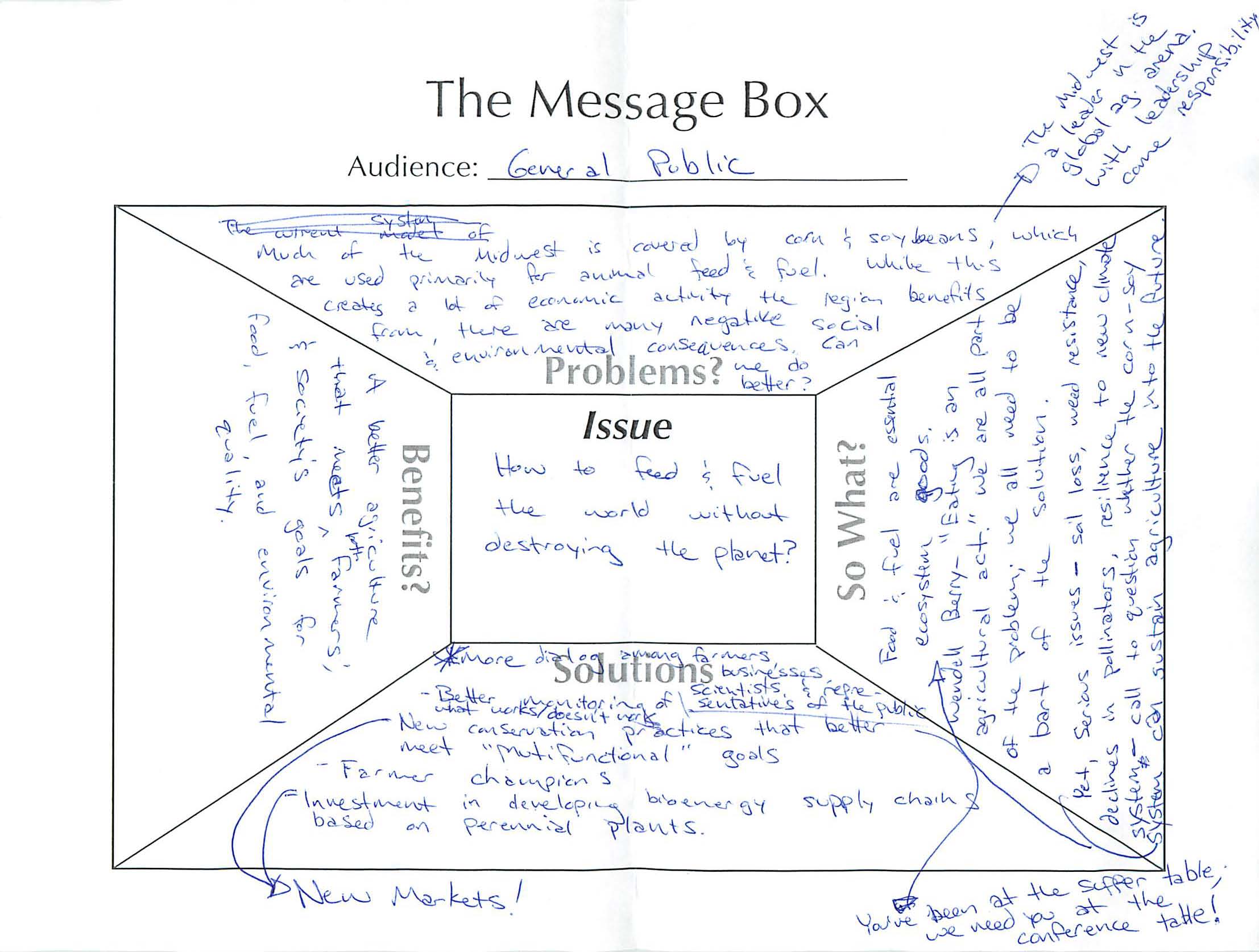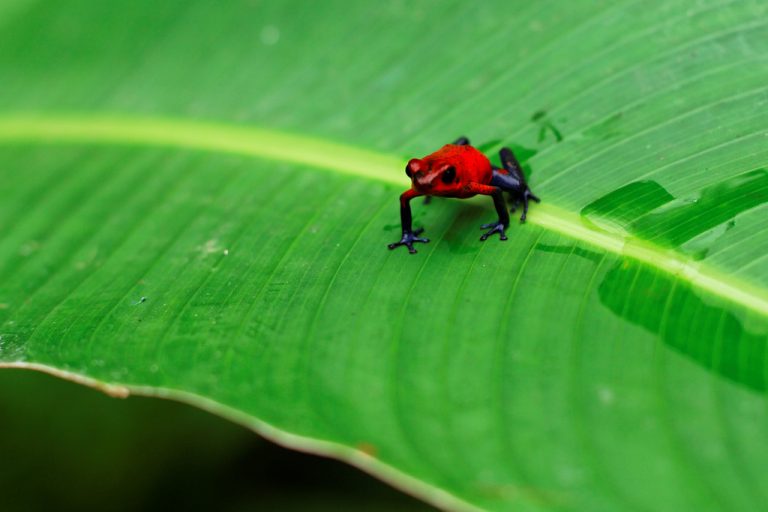
Strawberry poison frogs feed their babies poison eggs
The Strawberry poison frog lavishes care upon its offspring. It’s just that kind of frog. In the March issue of Ecology, Stynoski et al. report that it also feeds its progeny poison. Also in this issue: P value debates, arctic warming, and estimating the success of biological invasions.
